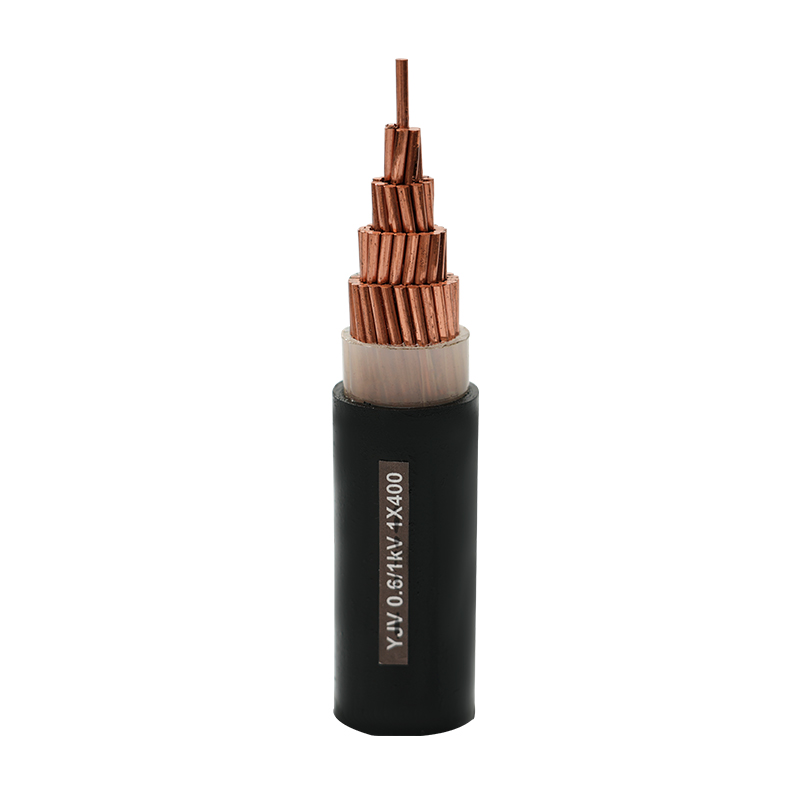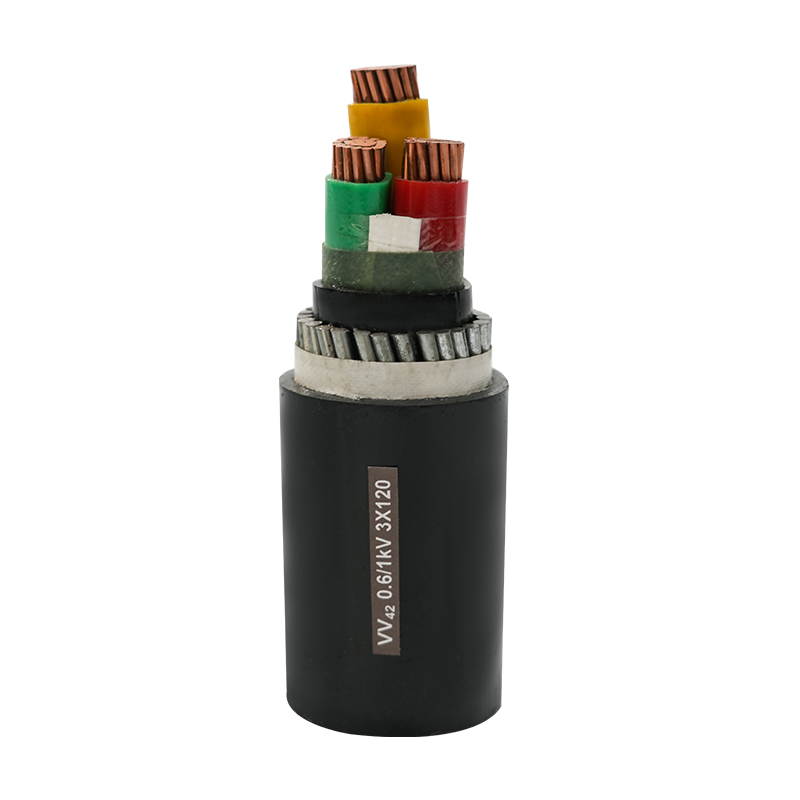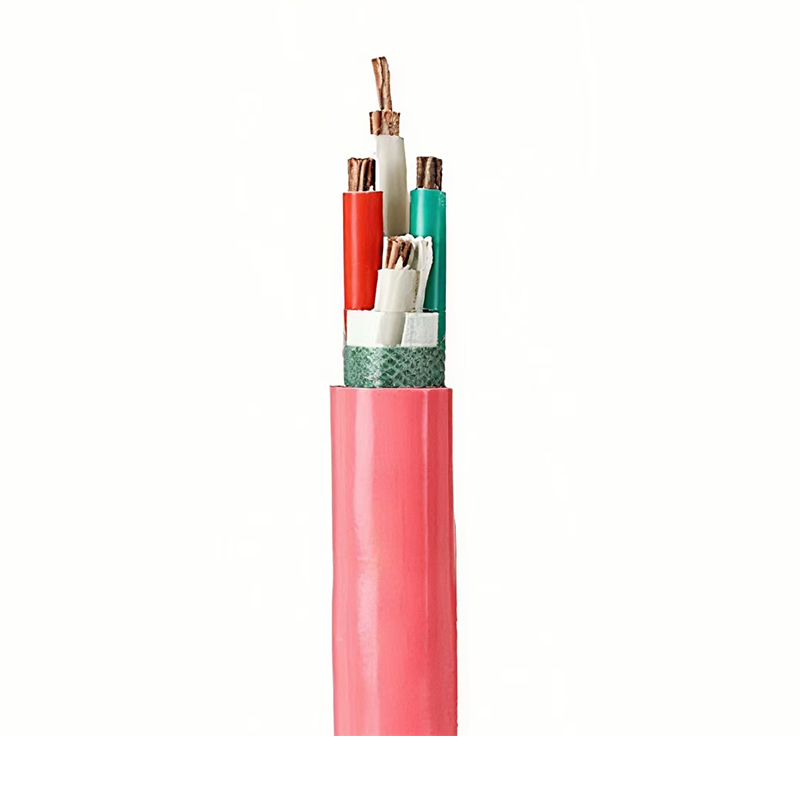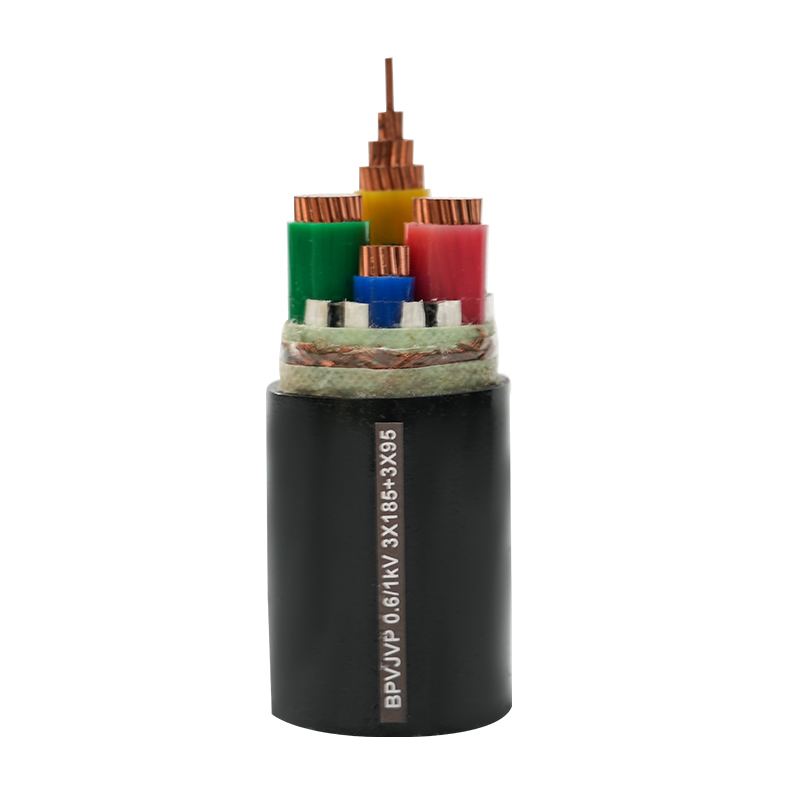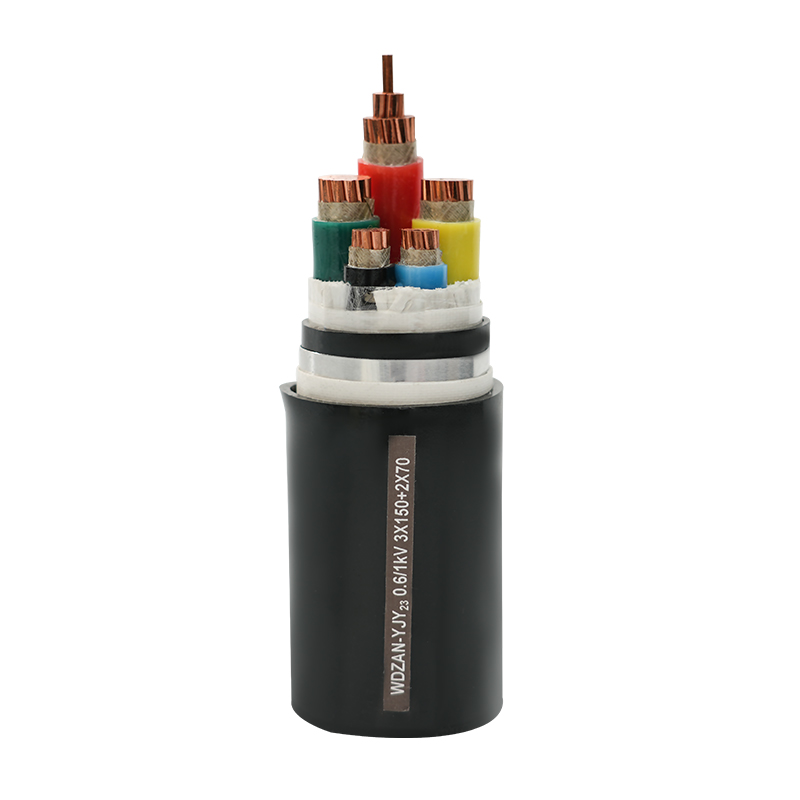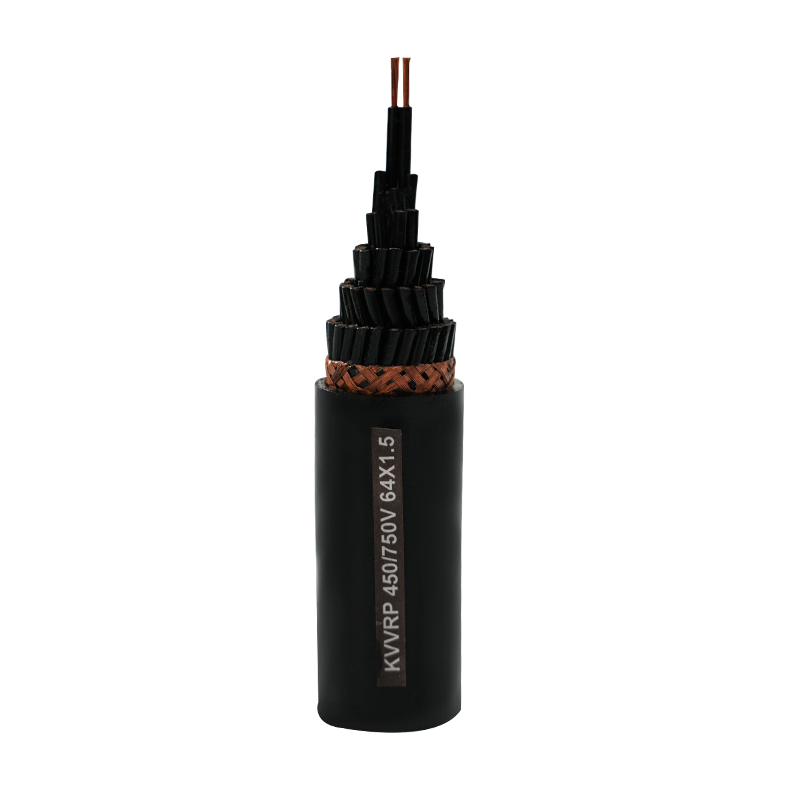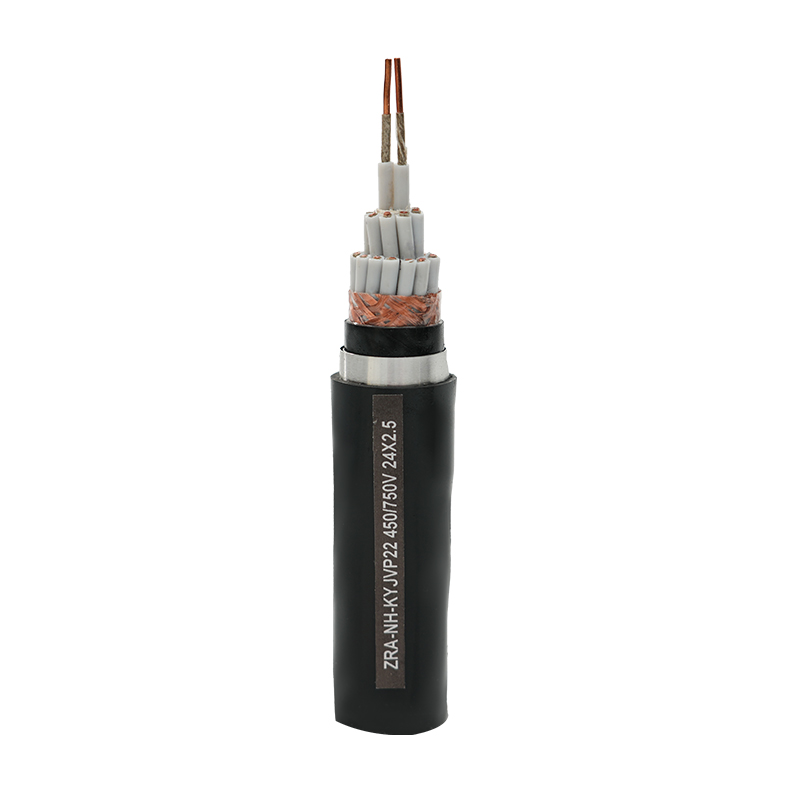Against the backdrop of accelerating urbanization, the transmission method of electricity as a basic energy source is also evolving. As a key component of the power system, Low Voltage XLPE Power Cable is gradually replacing traditional PVC cables with its excellent performance, wide adaptability and high cost-effectiveness, becoming the preferred solution for urban power distribution, industrial systems and residential power supply.
Cross-linked polyethylene (XLPE) is a material that forms a mesh structure by physically or chemically cross-linking polyethylene molecular chains. This structure not only greatly improves the heat resistance of the cable, allowing it to operate at a long-term temperature of up to 90°C, but can withstand temperatures of up to 250°C in a short period of time, and also gives it excellent mechanical strength, aging resistance and chemical corrosion resistance. Compared with traditional PVC insulation materials, XLPE has superior thermal stability and electrical properties, which not only effectively extends the service life of the cable, but also performs more reliably in extreme environments.
Low Voltage XLPE Power Cable is usually used in power supply and distribution systems with a rated voltage of 0.6/1kV and below, and is widely used in construction projects, underground distribution networks, industrial equipment and renewable energy projects. Its structure usually includes conductor, XLPE insulation layer, filling layer, inner sheath and outer sheath. Some cables can also add steel belt armor or copper belt shielding according to actual needs to improve the ability to resist mechanical damage or electromagnetic interference. The conductor is mostly made of high-purity copper or aluminum to ensure the balance of conductivity and flexibility. The outer sheath of the cable is usually made of polyvinyl chloride (PVC) or low-smoke halogen-free material to improve fire resistance and reduce toxic smoke emissions during fire, meeting modern environmental protection and safety standards.
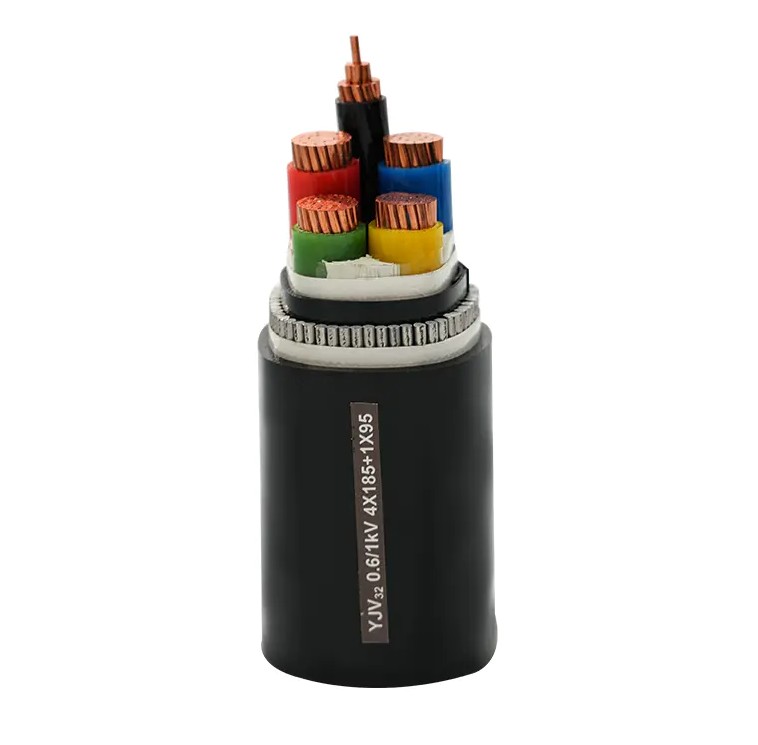
XLPE cable has many advantages in practical applications. Its extremely low dielectric loss greatly improves the efficiency of power transmission, which is particularly important for a society that increasingly attaches importance to energy efficiency. Excellent thermal stability and anti-aging ability enable it to maintain excellent electrical performance after long-term operation, reducing operation and maintenance costs. XLPE material has good water treeing resistance, which greatly improves the stability of the cable in a humid environment, especially suitable for power supply systems in underground pipelines, tunnels and high humidity places.
In the emerging market field, Low Voltage XLPE Power Cable also shows broad prospects. For example, in solar photovoltaic systems, low-voltage cables need to be exposed to ultraviolet rays and high temperatures for a long time, and the stability of XLPE materials makes it an ideal choice; in the wiring system of electric vehicle charging stations, cables need to meet the high-frequency and high-load operation requirements, and XLPE cables are favored for their high temperature resistance and large current carrying capacity; and in data centers, hospitals and other scenarios with extremely high requirements for power supply stability, the selection of high-performance low-voltage cables becomes the key to ensuring the continuous operation of the system.
As one of the core products in the field of power transmission, Low Voltage XLPE Power Cable plays an increasingly important role in modern electrical engineering with its excellent performance and wide adaptability. Whether in infrastructure construction, smart grid construction, or in the wave of new energy development, XLPE cables will be an indispensable basic support force.

 English
English 中文简体
中文简体 русский
русский عربى
عربى